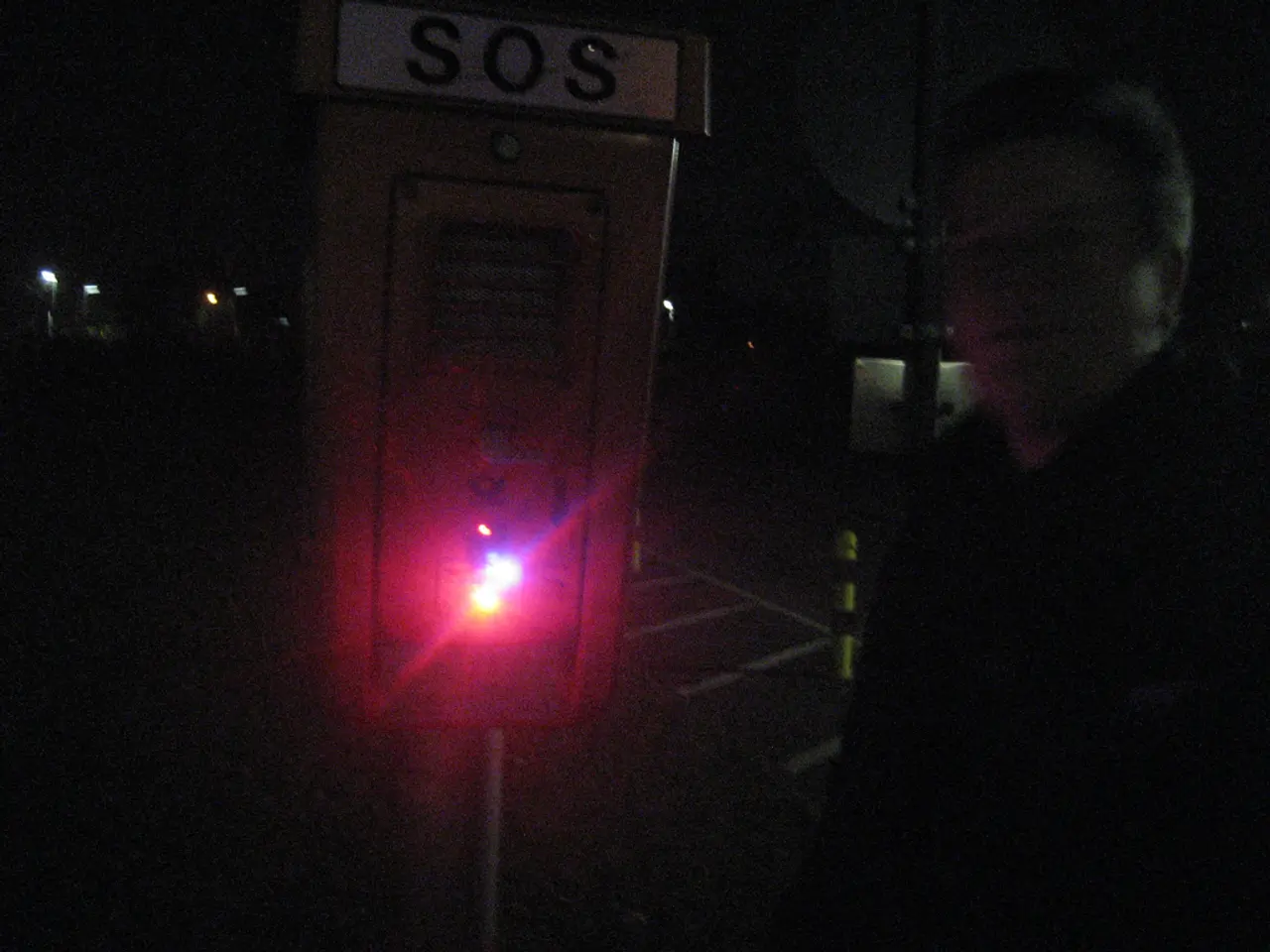Organizational Security Options: A Comparison Between MDR and EDR Solutions
In the ever-evolving digital landscape, organisations are constantly seeking ways to bolster their cybersecurity defences. Two solutions that have gained significant attention are Managed Detection and Response (MDR) and Endpoint Detection and Response (EDR).
Managed Detection and Response (MDR)
MDR is a detection and response solution that combines human effort and expertise with a unified platform to provide comprehensive Threat Detection and Incident Response (TDIR) capabilities as a managed service. MDR providers often have their internal teams manage investigations into threats, relieving an organisation's security team of the heavy lifting and sifting through various alerts.
The scope of the human element provided by MDR can vary by vendor, and organisations should consider factors such as dedicated teams, named security experts, and communication methods. Some MDR solutions offer dedicated products owned and operated by the MDR provider, while others allow customers to choose from a limited selection of tools or use the tools a customer already has.
MDR solutions can provide 24x7 monitoring with a human team that can respond to potential threats as they occur. This flexibility makes MDR an attractive alternative to a self-managed TDIR solution like EDR, offering staffing options catered to the needs of customers, often including business hours, weekdays only, up to full 24x7 threat monitoring and response.
Endpoint Detection and Response (EDR)
EDR, on the other hand, is a host-based security solution that monitors endpoints within an organisation's IT environment to detect and respond to malicious and anomalous activity. EDR operates through agent software that is deployed to hosts within the organisation, monitoring and recording activity taking place on that particular system.
EDR is designed to actively safeguard endpoints by detecting activity that may be indicative of a security incident, investigating those potential incidents, and remediating them as needed. Key benefits of EDR include behavioural-based detection, lateral movement/threat escalation prevention, contextualization, and remediation speed.
However, challenges of EDR include excessive alert noise, limited monitoring, limited visibility, and being a tool that requires setup, configurations, and consistent adjustments. Some MDR offerings may be limited in coverage and scope, and may not integrate well with an organisation's existing tech stack.
Notable Providers
Several companies offer MDR and EDR solutions. Enginsight, for instance, provides an MDR solution with 24/7 cyber defense services from Germany, combining advanced technology and expert teams to detect, analyse, and respond to threats in real time. G DATA offers a similar service with their MXDR service.
Arctic Wolf offers both Aurora Endpoint Security (EDR) and Managed Detection and Response (MDR) solutions. Aurora Endpoint Security offers flexible deployment options for endpoint security, while Arctic Wolf MDR provides 24x7 monitoring of networks, endpoints, identity, and cloud environments.
In conclusion, both MDR and EDR play crucial roles in modern cybersecurity. While EDR focuses on detecting and responding to threats at the endpoint level, MDR provides a more comprehensive approach, leveraging human expertise to manage investigations and respond to threats in real time. Organisations should carefully consider their needs and the offerings of various providers when deciding on the best solution for their cybersecurity needs.







